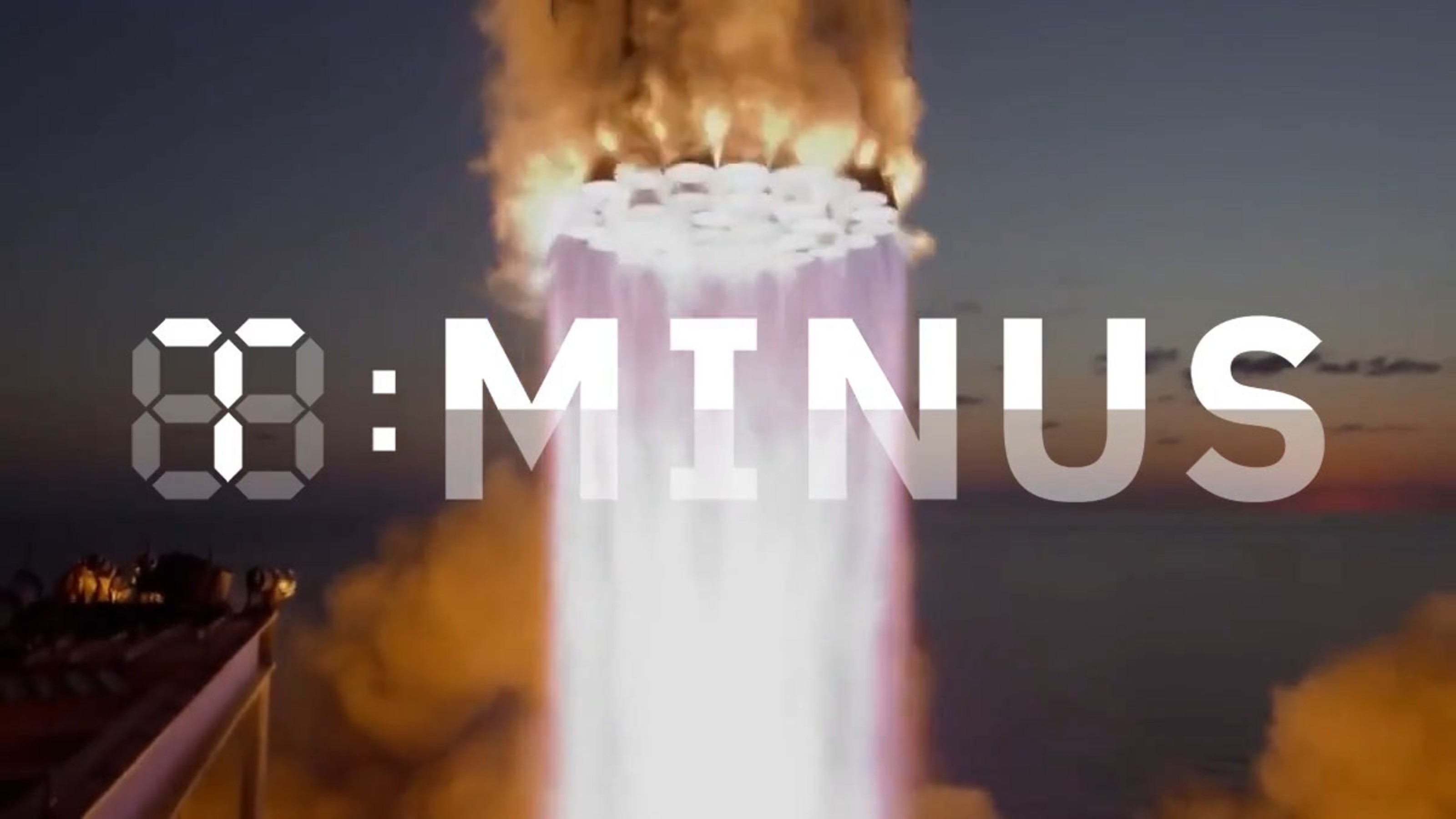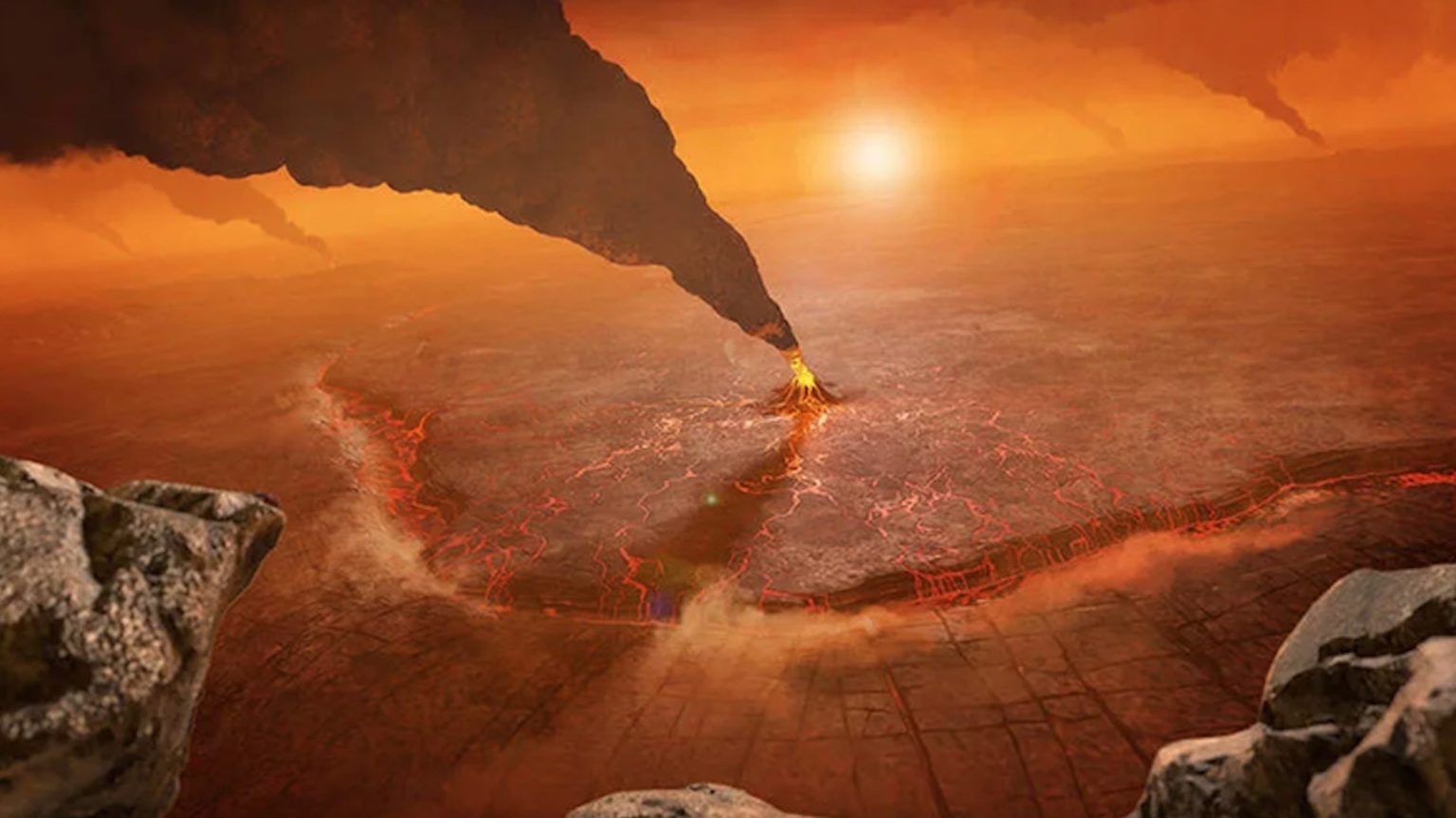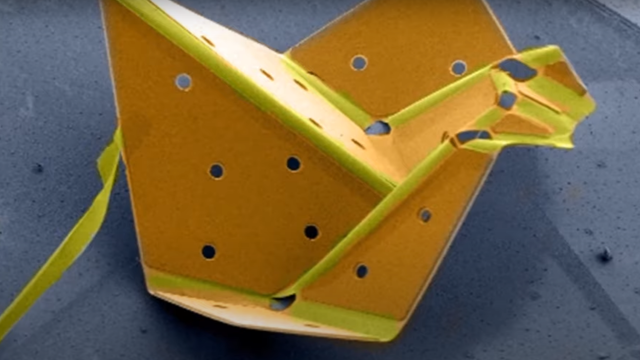Unknown bacteria found living on the International Space Station

Credit: Aslam Z., Lee C. S., Kim K.-H., Im W.-T., Ten L. N., Lee S.-T. via Wikipedia
- The bacteria were collected as part of a surveillance program that tasks astronauts with regularly collecting samples from eight sites aboard the International Space Station.
- The bacteria discovered on the space station belong to a family of bacteria that helps plants grow and blocks pathogens.
- Finding sustainable ways to grow food is critical to any long-term space mission.
Three previously unknown strains of bacteria were found growing in the International Space Station, according to a recent genetic analysis. The discovery could help scientists develop better ways to grow food on Mars.
The analysis, published in the journal Frontiers in Microbiology, describes how astronauts collected four strains of bacteria within the space station in 2011, 2015 and 2016. It was part of an ongoing surveillance program that tasks astronauts with monitoring eight sites of the space station for bacterial growth.
Astronauts have already sent hundreds of samples back to Earth for analysis, and thousands more are scheduled to be sent back on return missions.
The newly discovered strains belong to a family of bacteria called Methylobacteriaceae, which is commonly found in soil and freshwater. These bacteria help plants grow, fix nitrogen and stop pathogens.

International Space StationCredit: NASA
So, how did these novel microbes get in the space station? They likely came from the plant-growing experiments that astronauts have been conducting for years aboard the ISS, such as the Advanced Plant Habitat, an automated growth chamber that grows plants in space so scientists can study them back on Earth.
The new strains could be beneficial to space farming. After all, it’s already clear that the bacteria can survive the conditions of the space station, and the researchers wrote that the strains might possess “biotechnologically useful genetic determinants” that could help astronauts grow food on long-term missions, or on other planets.
“To grow plants in extreme places where resources are minimal, isolation of novel microbes that help to promote plant growth under stressful conditions is essential,” study authors Kasthuri Venkateswaran and Nitin K. Singh said in a press release.
“Needless to say, the ISS is a cleanly-maintained extreme environment. Crew safety is the number 1 priority and hence understanding human/plant pathogens are important, but beneficial microbes like this novel Methylobacterium ajmalii are also needed.”
To accelerate their understanding of how bacteria behaves in space, Singh and Venkateswaran proposed developing customized equipment that astronauts could use to analyze bacteria on the space station.
“Instead of bringing samples back to Earth for analyses, we need an integrated microbial monitoring system that collect, process, and analyze samples in space using molecular technologies,” they said. “This miniaturized ‘omics in space’ technology — a biosensor development — will help NASA and other space-faring nations achieve safe and sustainable space exploration for long periods of time.”

Genome-based phylogenetic tree showing the phylogenetic relationship of Methylobacterium ajmalii sp. nov. with members of the family Methylobacteriaceae.Credit: Bijlani et al.
NASA is hoping to send humans to Mars by the 2030s, while private companies like SpaceX are aiming to reach the Red Planet this decade. For any Mars mission, developing sustainable ways to grow food is critical. That’s mainly because it’s impractical for astronauts to pack the food they’ll need for the journey, which will take 14 months roundtrip, not including time spent on the planet.
Astronauts also need to stay healthy. The main problem with prepackaged food, besides its weight, is that the nutrients break over time. That’s why NASA has been experimenting with growing various types of nutritious plants through projects like Veggie and the more recent Advanced Plant Habitat. These projects help scientists learn about the complexities of growing plants in microgravity, and how plants might grow on Mars.

NASA astronaut and Expedition 64 Flight Engineer Kate Rubins checks out radish plants growing for the Plant Habitat-02 experiment.Credit: NASA
But growing plants in space isn’t all about nutrition. NASA notes that plants are psychologically beneficial to people, both on Earth and in space. These psychological benefits might become especially important to astronauts on long-term missions millions of miles away from Earth.
Here’s how astronaut Peggy Whitson, who worked aboard the International Space Station, described seeing plants in space for the first time:
“It was surprising to me how great 6 soybean plants looked,” she told Space Daily. “I guess seeing something green for the first time in a month and a half had a real effect. From a psychological perspective, I think it’s interesting that the reaction was as dramatic as it was. […] I guess if we go to Mars, we need a garden!”





